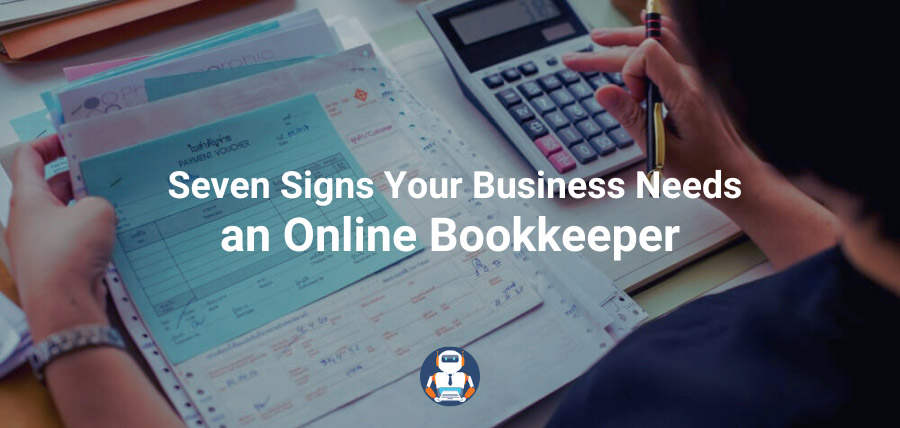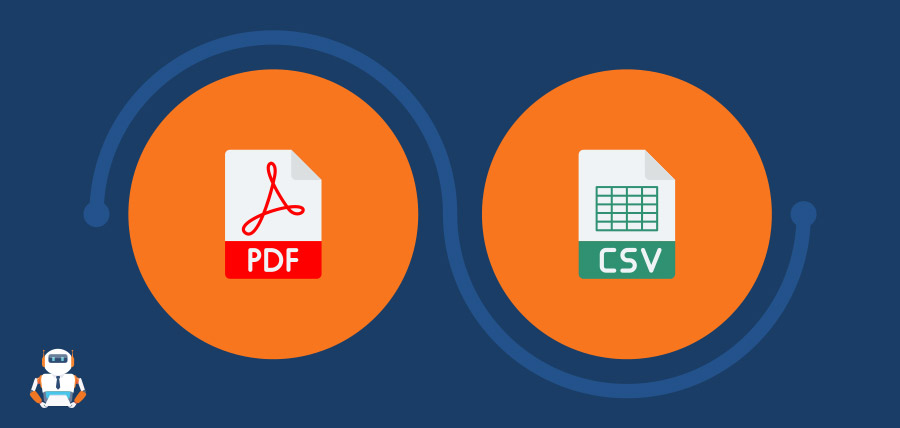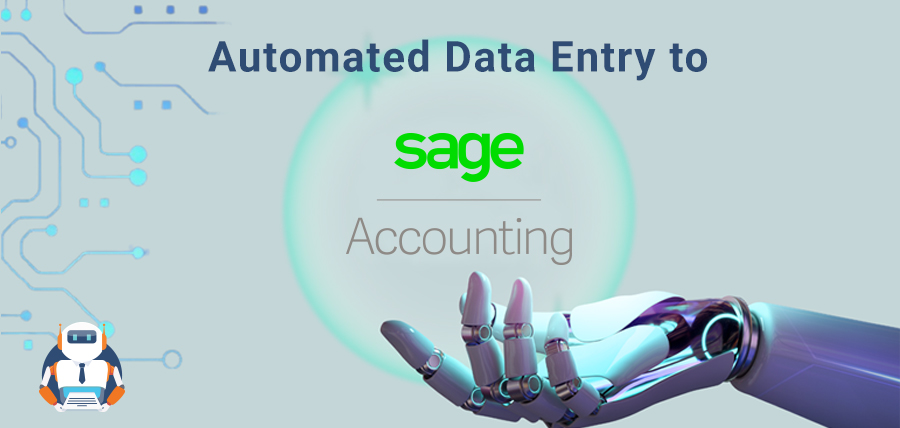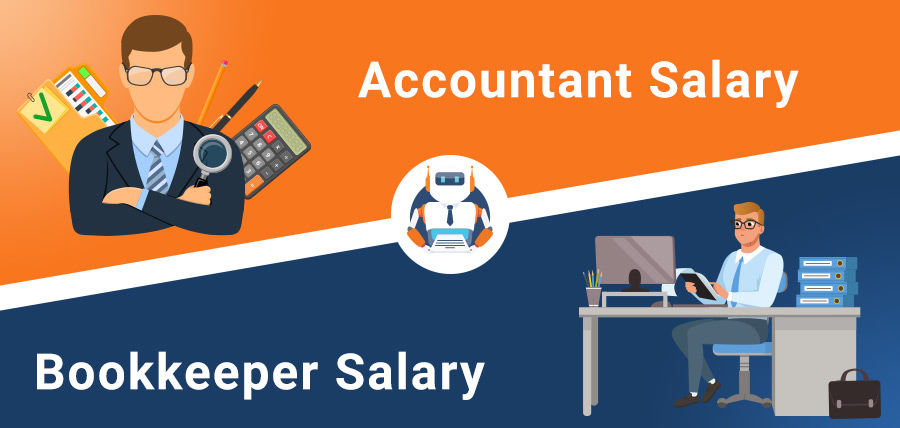Understanding Digital Records for Making Tax Digital (MTD) IT
Making Tax Digital for Income Tax (MTD IT) changes how you manage your business finances. But what exactly does “keeping digital records” mean for you, and is it as complex as it sounds?

Many individuals hear “digital records” and immediately picture complicated systems or endless scanning. Understanding and meeting these requirements can be much more straightforward. This guide is designed to cut through the jargon and provide clear, simple explanations.
What is a “Digital Record”? Do You Need to Scan Every Receipt for MTD IT?
When HMRC refers to a ‘digital record’ for MTD IT, it focuses on electronically capturing the essential information from your business transactions. It’s a common misconception that you must scan and store every paper receipt or invoice. However, this is not required for MTD IT digital record-keeping purposes, though you must create and store digital records using compatible software.
The primary requirement is storing the key transactional data—the date, amount, and category—in your digital system. While you should keep your original paper receipts and invoices as proof of purchase (a good practice for all bookkeeping, which is vital for small business survival), the MTD IT rules concentrate on the electronic capture of this key information.
Where Can You Keep Your Digital Records for MTD IT?
HMRC offers flexibility in storing your MTD IT digital records. The primary requirement is that your chosen method allows for the digital transfer of your transaction details and can connect to HMRC’s systems, making tax submission digital. You can find a list of MTD-compatible software options on the government’s website.
Unlike some previous tax systems, HMRC will not provide its online portal or web form for you to directly key in and file your MTD IT quarterly updates or your end-of-period statement. Thus, you have two main paths:
- Using MTD-compatible accounting software that manages your records and submits them directly to HMRC.
- Keeping records in a spreadsheet and using ‘bridging software‘ to connect and send your data to HMRC.
What are Bridging Software for MTD IT?
It’s important to understand that you cannot simply copy and paste totals from your spreadsheet into an HMRC portal for MTD IT. The data must flow digitally through the bridging software, which acts as a digital link between your spreadsheet and HMRC’s systems, to ensure a compliant submission.
What Details from Your Records Do You Need to Submit for MTD IT?
For MTD IT, your compliant digital tax reporting involves submitting quarterly updates and a final end-of-period statement (EOPS). Both require income and expense reporting to calculate taxable profit.
Regarding income, there are several ‘heads’ or categories from which you might earn. For your MTD IT submissions, especially the EOPS, you’ll need to report income, which can include:
- Self-Employment Income: This is profit from your trade or business. You find this information from your sales invoices, business bank statements showing customer payments, and accounting records. Valid evidence includes these invoices and bank statements.
- Property Income: If you are a landlord, this is your rental income. You can often calculate this from your bank statements showing rent received, supported by tenancy agreements and rent statements.
- Dividend Income: Income received from shares in companies. This is typically detailed on dividend vouchers or statements from the company or your investment platform.
- Savings Interest: Interest earned on your bank or building society accounts. Your bank will provide statements or annual interest certificates detailing this.
- Pension Income: This includes income from state or private pensions. Information is usually found on P60 forms (for pensions paid like employment) or statements from pension providers.
- Other Taxable Income: This can cover various other sources, such as miscellaneous income or certain taxable state benefits, detailed in relevant official correspondence or statements.
While MTD IT’s digital record-keeping mandate initially focuses on self-employment and property income, your EOPS must include all your taxable income sources.
Similarly, for expenses, you claim allowable business costs. This information usually comes from purchase receipts for materials or office utilities. In the case of travel, if using a personal vehicle, use a mileage tracker to calculate allowable business mileage expenses, supported by records of your business journeys.
Simplifying MTD IT with Technology
Making tax digital (MTD) might seem daunting, but modern technology offers significant help. Software tools are designed to streamline the gathering, categorising, and managing of the transaction data MTD IT requires.
Receipt Bot is a data entry automation tool that converts PDF bank statements to CSV. Suppose you have many source documents like bank statements or supplier invoices in PDF format. It can automatically extract key information directly from these PDFs. This extracted data can form the basis of your digital records and be easily imported into your main accounting software or MTD-compatible spreadsheet.
Simplify your MTD IT with Receipt Bot. Try our small business bookkeeping solution for a smarter and faster way to convert PDF bank statements or receipts into digital records for MTD IT, ensuring you stay on track!



